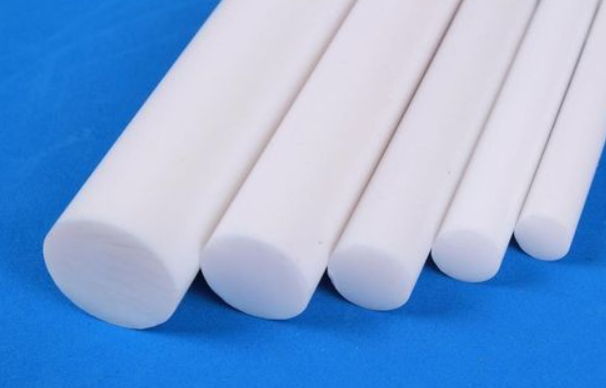One of the most common types of industrial coatings in use today is Asta in PTFE. The list of common applications for it is virtually endless, although it’s important to realize that PTFE may not necessarily be the best option for your job. Before selecting a PTFE coating, you should learn as much as you can about the history and development of this type of coating.
The History of PTFE
Polytetrafluoroethylene, known within industry by its shortened name of PTFE, was first created by Dr. Roy Plunkett. He stumbled across the matter while he was testing materials to used as refrigerants. One day he was examining tetrafluoroethylene that had frozen and compressed. He saw that it had polymerized and become a solid material that was similar to wax. He named the new material “Polytetrafluoroethylene.”
At the time he discovered PTFE, Dr. Plunkett was working for DuPont, and it didn’t take long after his discovery for them to start turning the new material into blocks. The blocks were then mold to create various shapes. Soon the engineers developed aqueous dispersion and powder grades so that they could extrude tubing. Today manufacturers all over the world use the material to create products. They also use it as a coating in various industrial capacities.
Common Applications of PTFE
There are numerous ways PTFE can used. Here are some of the most common industries that use this type of material:
• Pharmaceuticals – PTFE coatings are important in the pharmaceutical industry because they provide over braid seals and strength and ease when cleaning and purging the system. The pharmaceutical industry has very high standards for all materials used within it, and PTFE meets or exceeds these high standards.
• Automotive – Many vehicles use PTFE components, especially in air brake systems in which constructions make of over-braid hoses are need. PTFE can stand up to some extremely high temperatures. Which makes it perfect for use on the outside edge of air compressors. Also PTFE works to reduce deposits of carbon particles, so it’s extremely helpful in all types of automotive applications.
• Cryogenic – In addition to being able to withstand extremely high temperatures. It can also withstand the very low temperatures used within the cryogenics industry. This material is perfect for use in hydraulic hoses, piston rings, fuel lines, or liquid air systems.
• Chemical industry – You’ll often find PTFE in hoses that are use to transfer chemicals, connectors, and lines for product interchange. Refrigeration systems and steam lines also contain PTFE. The material typically replaces corrugated, stainless steel hoses.
• Aerospace industry – Within this industry, PTFE is commonly use for tubing hoses, hydraulic hoses, and fuel hoses. It’s often braided in with Kevlar for added protection. Also PTFE is commonly used in applications that require the tempering of heat, especially in water and alcohol, oil, and fuel. PTFE is commonly found in pneumatic and hydraulic systems that are commonly use within this industry.

